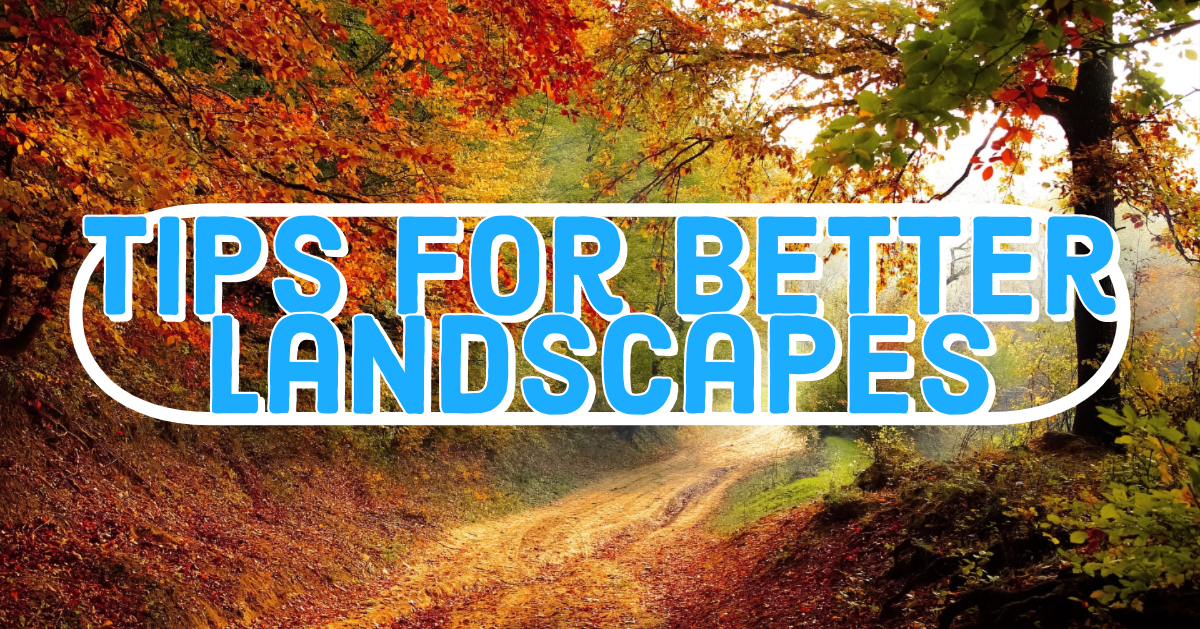Great landscape photographs have depth. They draw you into the image through the use of composition and the elements of foreground,
Better landscape photographs come from learning to see and plan your images. Learning to see requires two elements, I think. One is studying compositions of compelling landscapes and the other is learning to “read” the landscape in the field.
A good exercise for learning to see better landscape compositions is to head over to your local museum or browsing through a book of classic landscape paintings. If you study these paintings closely you’ll find that the painter always includes an intriguing foreground element, a middle ground, and a background. This creates depth in the image.
Once this concept is ingrained in your head by looking at a lot of great landscape paintings and photographs, you’ll start to look for these elements out in the field. The beautiful sunset sky might be the first thing that captures your eye but now look around further for a foreground element.
I found that when I started to shoot a lot of vertical images for the book cover market that this concept of
For example, in this still life setup, I had full control of the elements in the photo, so I could think through the entire image and create the depth and story within the frame.
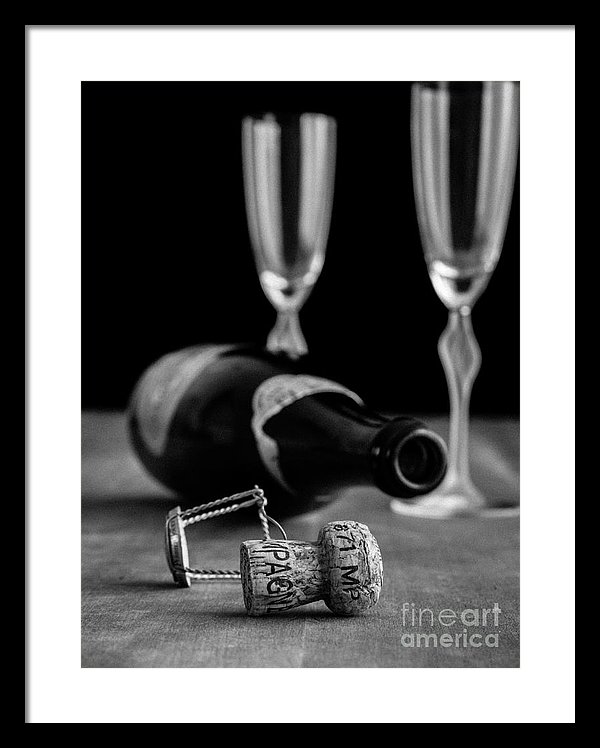
In a still life, every element of the image can be carefully places and planned. Even the point of focus can be carefully placed on the main subject. This of course is much more difficult when dealing with a landscape provided by Mother Nature.
In the field, the photographer has to move themselves around to find a composition rather than manipulating objects on a table. But the same principals of foreground, middle ground and background apply.
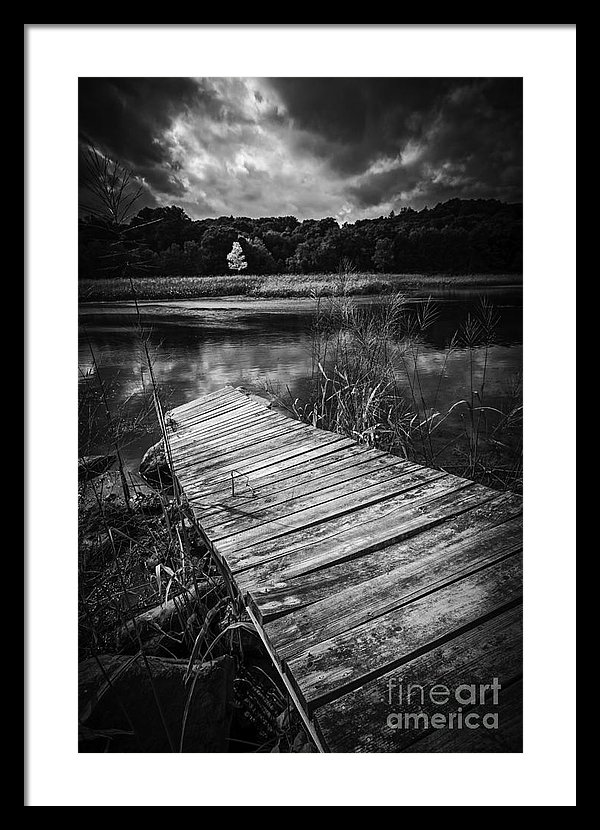
The same concepts I used to arrange the Champagne still life came to bear when I came across this boat landing in Pratt Cove, Deep River, Connecticut.
The old wooden dock in the foreground leads the eye to the water in the middle ground, and on to the trees in the background.
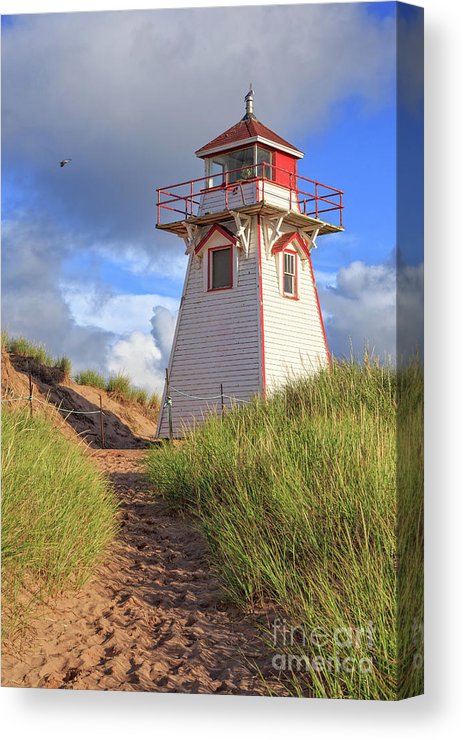
This photograph of a lighthouse in the dunes of Prince Edward Island is enhanced by a feeling of depth by including the path and dune grasses in the foreground as well as interesting clouds in the background.
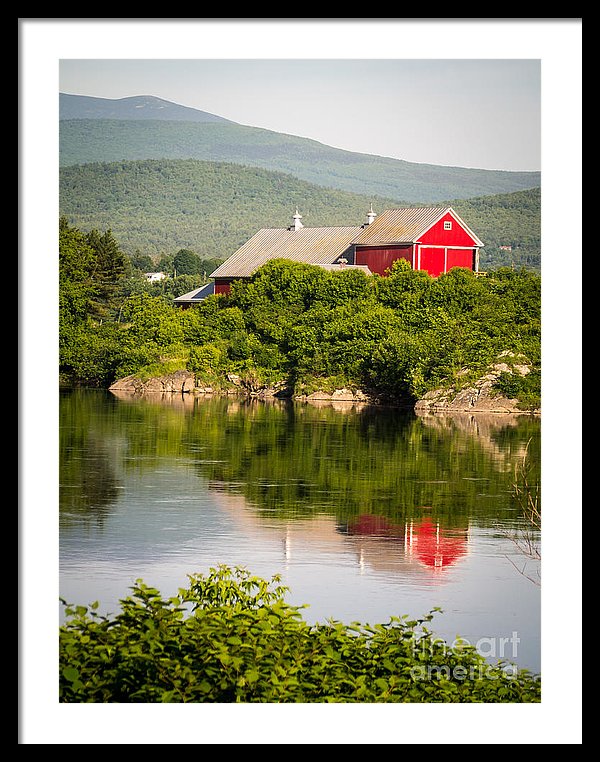
This Vermont landscape has a lot of depth because I included the vegetation and river in the foreground, placed the main subject – the red barn in the middle ground and there is room for one’s eye to wander beyond the barn to the mountains in the distance.
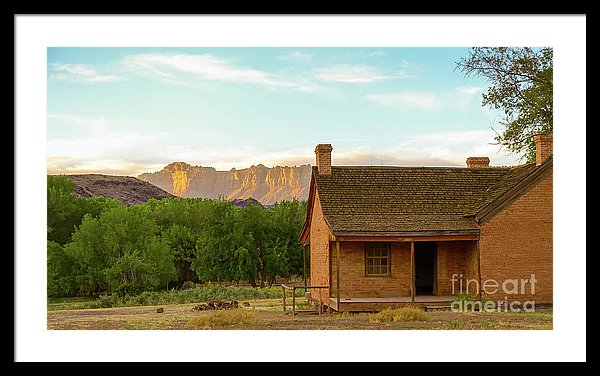
My wife did a great job creating depth in this scene at the Grafton Ghost Town outside of Zion National Park. She placed the subject, an old abandoned Mormon settlers home, in the foreground with the trees in the middle ground and the sunlit mountains way in the background. The lighting which helps to separate the layers and arrangement of the elements is something right out of an Old Masters painting.
